It’s time to return to Nepal for our second article featuring Sergei Prutskov’s travels in Nepal.
Nepal Part Two: Pokhara and the Himalayas
Written by Sergei Prutskov and Greg Prohl
Photos by Sergei Prutskov
After you’ve spent your time in Kathmandu, it’s time to head on to other locations and adventures in Nepal. For many travelers to Nepal, the city of Pokhara is the natural choice, and is in fact the most visited city in the country. With a population of 265,000 people, Pokhara is the third most populous city in Nepal. Geographically, it is located dead center within Nepal’s borders and about 200 kilometers or 125 miles west of Kathmandu.
(Pokhara, Phewa Lake lower left and Annapurna Range to the north)
Pokhara is situated in the Pokhara valley (makes sense to me) and only 30 linear miles from three of the world’s ten tallest mountains – Dhaulagiri, Annapurna, and Manaslu. As you might expect, this makes for some stunning views to the north of the city as these massive giants ascend abruptly from the lowlands, going from approximately 1,000 meters to over 7,500 meters in the distance of only twenty kilometers. This also creates a massive rain wall effect with Pokhara and environs annual rainfall ranging from 130 inches in the city to over 200 inches at the base of the mountains!
(Phewa Lake and the Himalayas, another view)
Naturally this makes for an abundance of fresh water and the area is awash in rivers and lakes. The largest and most easily accessed of these is Phewa Lake, a very popular destination for both locals and tourists alike. I spent some time on and around the lovely Phewa Lake and took one of the local small boats out to Dragon Island in the middle of the lake.
(Lakeside restaurant, Phewa Lake)
The climate of Pokhara is humid subtropical but the elevation keeps things moderate, with temperatures in the summer ranging from 25 to 35 degrees Celsius, and winters from –2 to 15 degrees. Snow is never seen in the valley but occasionally occurs on the surrounding hills.
(World Peace Pagoda)
(Detail on World Peace Pagoda)
Another major attraction in the Pokhara area are the numerous temples and gumbas, many of them acting as combined places of worship for both Hindus and Buddhists. Perhaps the most striking of these is the World Peace Pagoda, built in 1996 as a combined effort by India, China, and Japan. World Peace Pagoda sits astride a hilltop south of Phewa Lake and boasts a magnificent view of the Annapurna Range to the north.
(View of Himalayas to the north from park of World Peace Pagoda)
Overall, I would rate Pokhara as far a superior experience to Kathmandu in just about every way. The scenery is spectacular, the lakes and rivers an endless source of enjoyment and beauty, the visitor facilities and hotels better, and the city as a whole much cleaner.
(Heading into the mountains)
(Yes, those are bananas)
Being so close to the Annapurna Range, Pokhara is the natural gathering and departure point for most mountain trekkers in the region. Although my group was not there to attempt any summit assaults on the 8,000 meter giants, we did manage a bit of less technical, though challenging enough, type of trekking.
(My guide, Tanka)
To do this, you must get a permit, which costs twenty dollars. Then you must be registered on the way in, and unregistered on the way out. My guide, Tanka, took care of all the paperwork. There is no obligatory insurance, which seems odd as the mountains are always dangerous. At least they keep track that the number of people exited matches the amount entered.
(Stairway to heaven?)
There were many of the pictured suspension type bridges, almost an endless procession of so-called “stairways to heaven”. After several hours of this it didn’t feel much like approaching heaven. More like my heart was breaking into many pieces.
(Traffic jam on the steps)
Along the way Tanka and I met other trekkers, a Japanese girl whose name I have unfortunately forgotten, and a French girl named Mathilde. We talked and shared the trail as we all went along in beautiful sunny weather.
(Waiting for the dawn)
(Sergei and his Japanese friend trying to stay warm)
(Here comes the sun!)
Next day I was up early, as in middle of the night early, to reach Poon Hill and witness the dawn break across the Himalayas from this unobstructed viewpoint. Poon Hill reaches an altitude of 3,210 meters (that’s close to 10,000 feet) and is a popular public viewing area for Annapurna and the other big peaks of the area.
(First rays of light catching the peaks)
(We greet the sun’s arrival)
(The new day dawns)
(Annapurna and surrounding peaks)
It was a bitterly cold wait, but to see the glittering stars slowly overtaken by the spreading dawn and then the marvelous sunlight breaking over the snowclad peaks, it was well worth it. Definitely one of the highlights of my trip to Nepal, a journey I will never forget and recommend heartily to anyone looking for a trip that defines “extraordinary.”
(Annapurna in a broader view)
(The sentinel)
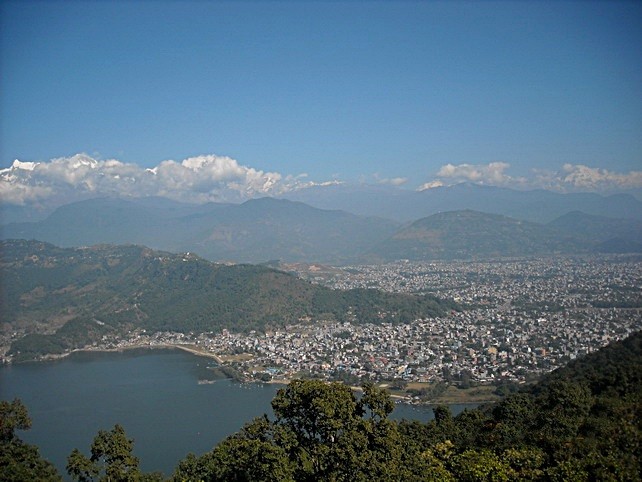
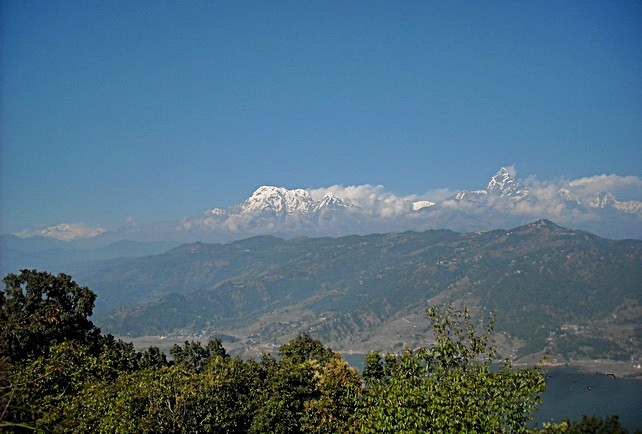
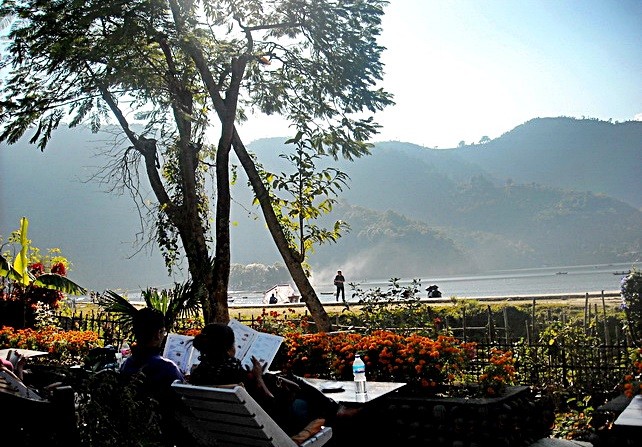
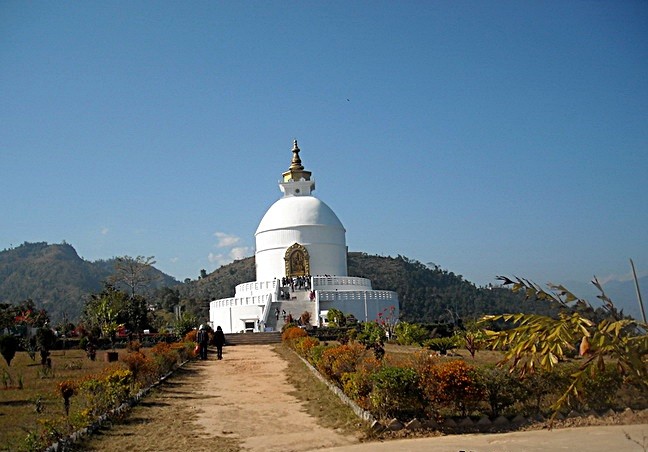
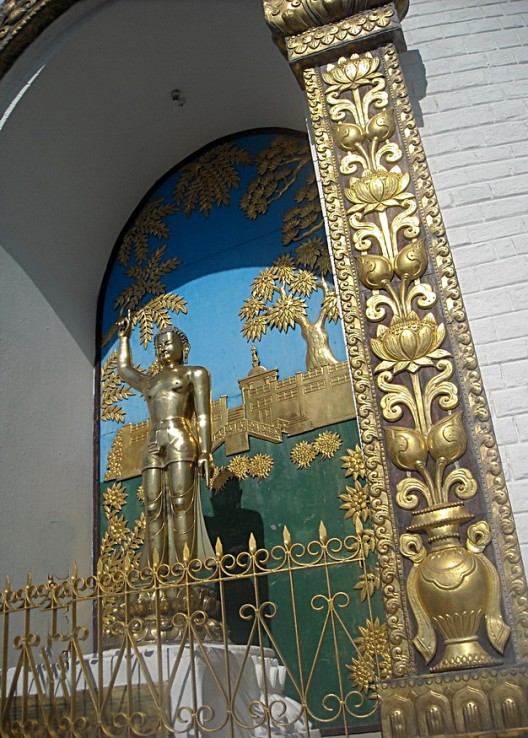
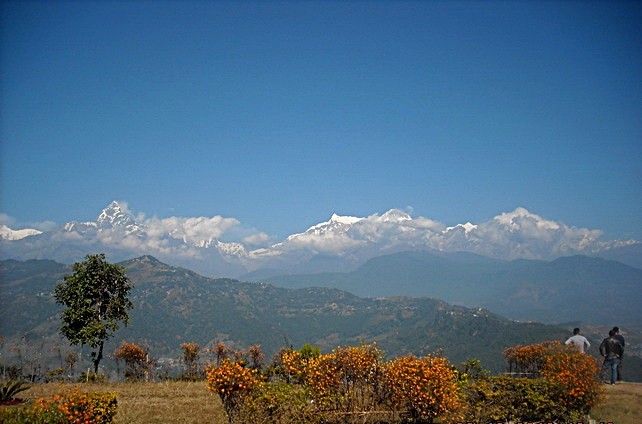
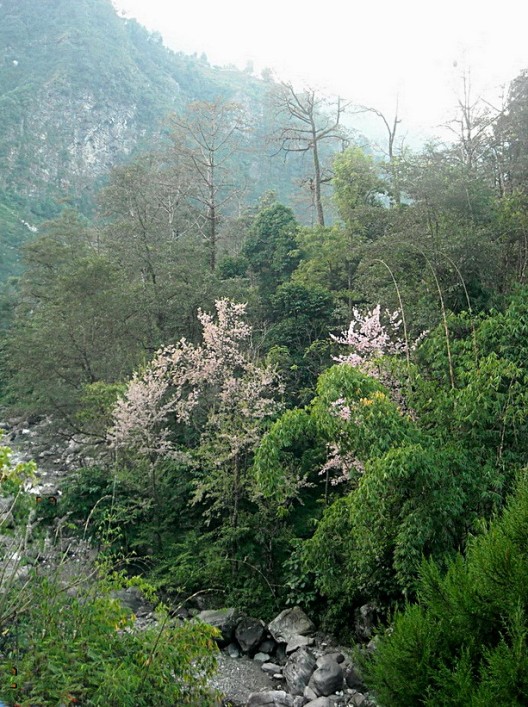
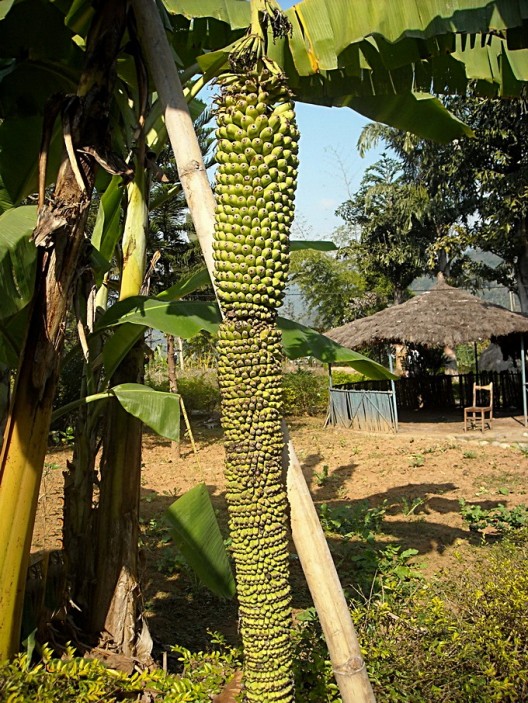
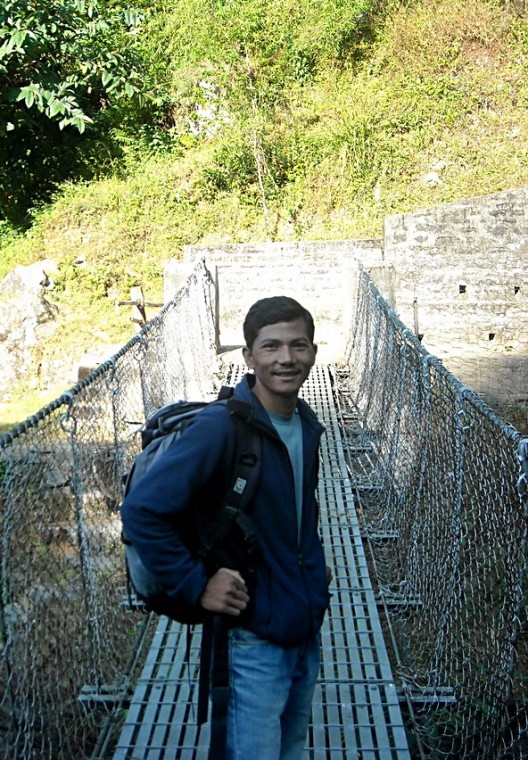
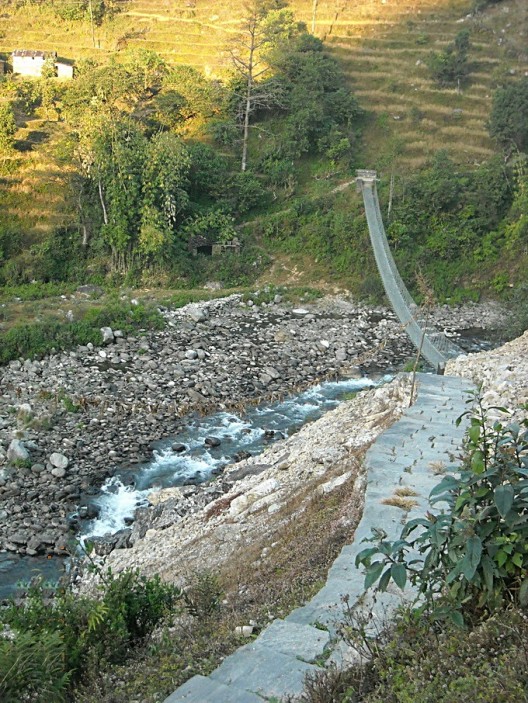
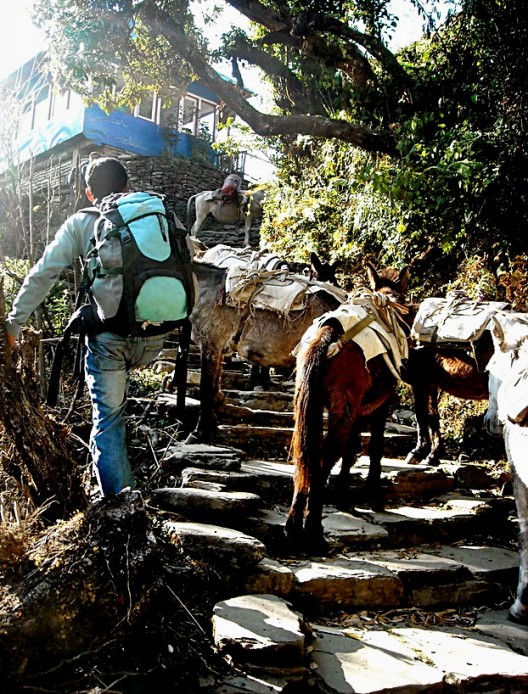
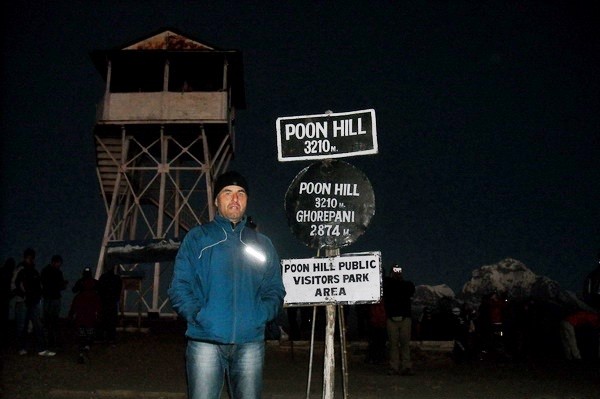
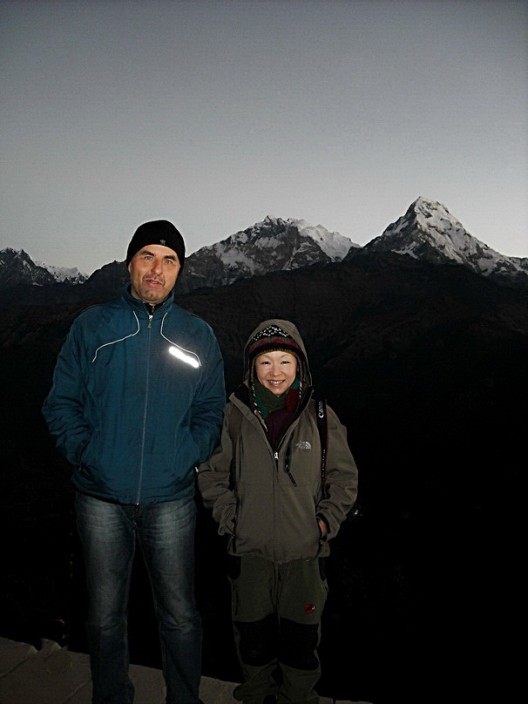
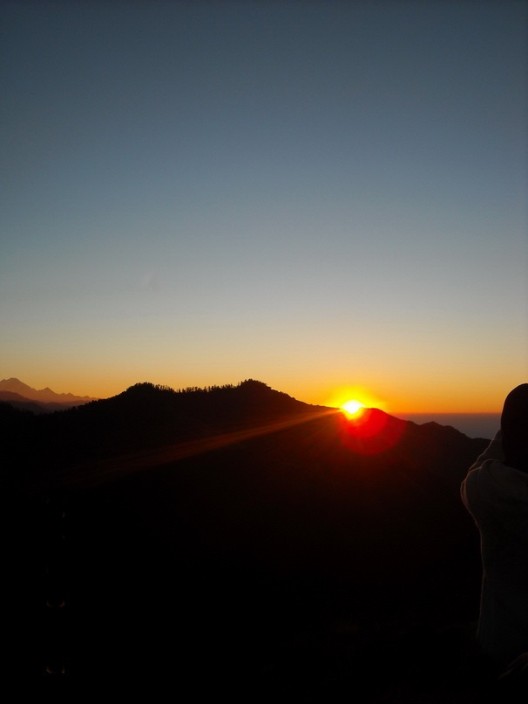
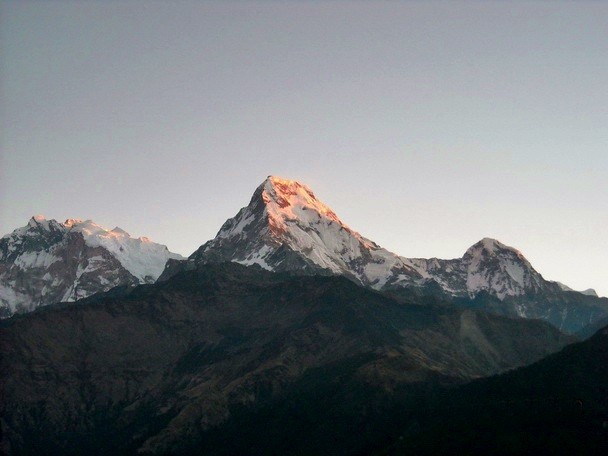
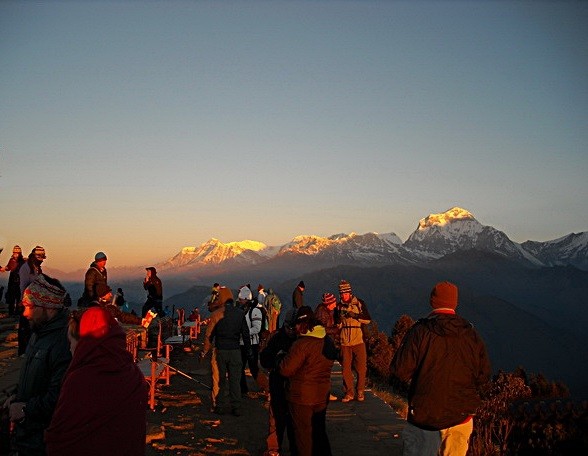
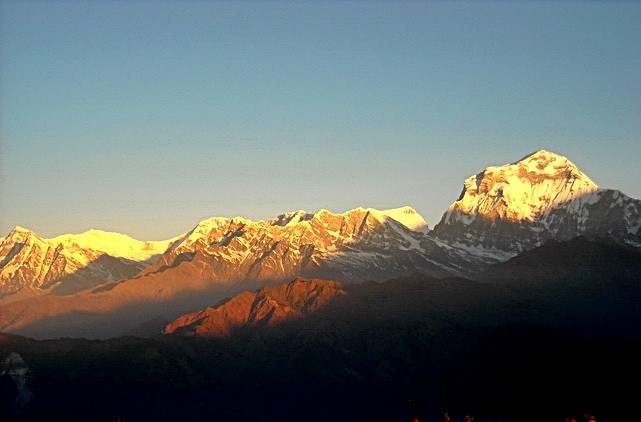
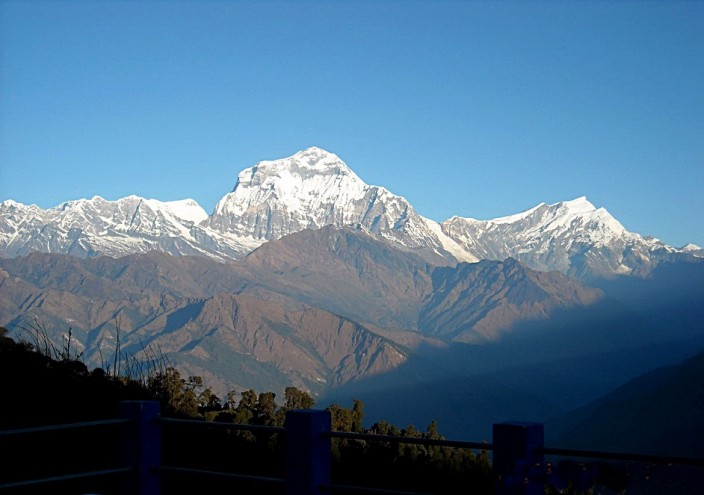
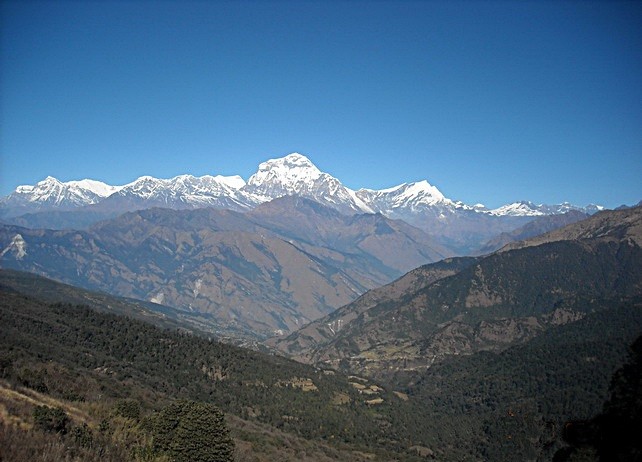
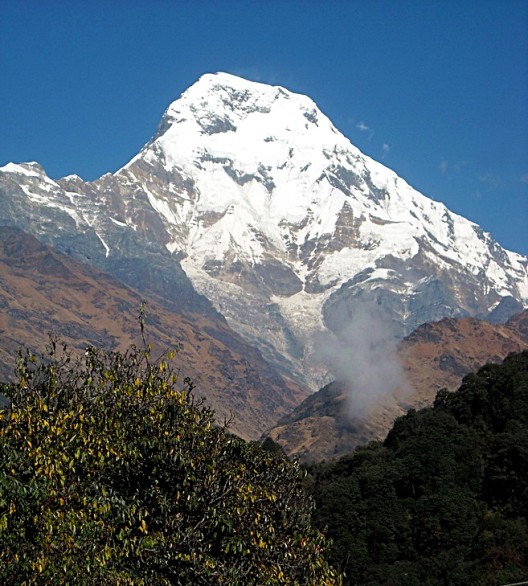
thanks for posting nice views….